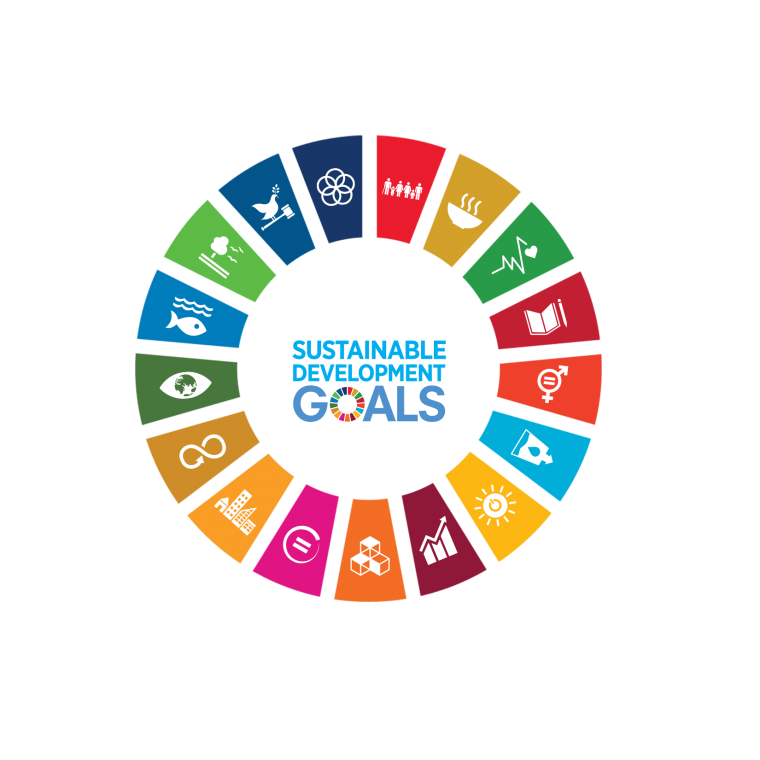Analysis of the Development of E-Commerce Transactions in the 6 Highest Transaction Countries in Southeast Asia
DOI:
https://doi.org/10.18196/jerss.v8i2.22033Keywords:
E-Commerce GMV, Number of Mobile Phone Users, Number of Social Media Users, PopulationAbstract
The background of this study is driven by the significant growth of the internet, particularly in the Southeast Asian region, which has led to technological advancements and the emergence of e-commerce. E-commerce has become crucial for meeting consumer needs, highlighting the necessity to further enhance the potential of economic digitalization through e-commerce. This study aims to examine the impact of e-commerce development factors on the growth of e-commerce transaction values in six Southeast Asian countries. It utilizes secondary data sourced from the official e-Conomy SEA website and DataReportal. The research employs panel data regression analysis using the Random Effects Model (REM) approach. The findings indicate that increases in population, number of social media users, and mobile phone users significantly contribute to the growth of e-commerce transaction values, urging platform developers and policymakers to enhance digital infrastructure and marketing strategies to maximize the digital economy potential in Southeast Asia.
References
Anwar, R. N., & Aprillia, R. (2018). Pengaruh kepercayaan dan media sosial terhadap keputusan pembelian konsumen e-commerce fashion muslim HijUp di Jakarta. Jurnal Manajemen Bisnis Krisnadwipayana, 6(1). https://doi.org/10.35137/jmbk.v6i1.169
Athalla, A. D., Aida, N., Murwiati, A., & Wahyudi, H. (2022). Pengaruh perkembangan sektor teknologi informasi terhadap perkembangan sektor e-commerce (Studi kasus: Negara-negara ASEAN 2015-2019). Jurnal Indonesia Sosial Teknologi, 3(10). https://doi.org/10.59141/jist.v3i10.510
A'yun, I. Q., & Khasanah, U. (2022). The impact of economic growth and trade openness on environmental degradation: Evidence from a panel of ASEAN countries. Jurnal Ekonomi & Studi Pembangunan, 23(1), 81-92. https://doi.org/10.18196/jesp.v23i1.13881
A'yun, N. Q., Chusma, N. M., Putri, C. N. A., & Latifah, F. N. (2021). Implementasi etika bisnis Islam dalam transaksi jual beli online pada e-commerce populer di Indonesia. JPSDa: Jurnal Perbankan Syariah Darussalam, 1(2), 166-181. https://doi.org/10.30739/jpsda.v1i2.998
Cheng, J., Wang, S., & Zhang, J. (2019). Population and e-commerce development: a study based on panel data in China.
Google, TEMASEK, & BAIN & COMPANY. (2022). e-Conomy SEA 2022.
Gujarati, D. N. (2012). Dasar-Dasar Ekonometrika. 2nd Ed. Jakarta: Salemba Empat.
Hootsuite, & We Are Social. (2022). Indonesian digital report 2022. Andi.Link.Com.
Kotler, P., & Keller, K. L. (2012). Marketing management (14th ed.). Pearson Education.
Kurniawan, M. L. A., & A'yun, I. Q. (2022). Dynamic analysis on export, FDI, and growth in Indonesia: An autoregressive distributed lag (ARDL) model. Journal of Economics, Business, & Accountancy Ventura, 24(3), 350. https://doi.org/10.14414/jebav.v24i3.2717
Laudon, K. C., & Traver, C. G. (2018). E-commerce 2018: Business, technology, society. Pearson.
Liu, S. (2013). An empirical study on e-commerce's effects on economic growth. https://doi.org/10.2991/icetms.2013.260
Luo, X., Wang, Y., & Zhang, X. (2019). E-commerce development and household consumption growth in China. The World Bank. https://doi.org/10.1596/1813-9450-8810
Ministry of Finance. (2023). Peran Lelang DJKN dalam Penguatan Perdagangan Digital dalam Mendukung Program Utama Kekuatan Indonesia di ASEAN, djkn.kemenkeu.go.id
Purnamasari, E., & Ismunandar, I. (2020). Pengaruh media sosial terhadap minat beli online (Studi kasus pada mahasiswa STIE BIMA). Jurnal Ekonomi Balance, 16(2), 166-175. https://doi.org/10.26618/jeb.v16i2.4549
Qu, L., & Chen, Y. (2014). The impact of e-commerce on China's economic growth. WHICEB 2014 Proceedings, 101. https://aisel.aisnet.org/whiceb2014/101
Rahayu, E. (2022). Ipsos Indonesia paparkan survei persaingan industri e-commerce di 2021. Swa.Co.Id.
Riyanto, A. D. (2022). Hootsuite (We are Social): Indonesian digital report 2022. Andi.Link.
Salim, A., Yuniarti, D., Abasimi, I., Zakiyyah, N. A. A., & A'yun, I. Q. (2024). Research elevation of bank lending and technological innovation in the excess liquidity countries. Heliyon, 10(13). https://doi.org/10.1016/j.heliyon.2024.e33462
Utami, P., Wilona, K., & Tabitha, C. (2022). Pengaruh social media marketing terhadap ekuitas merek e-commerce Sociolla. Jurnal Ilmu Pengetahuan Sosial, 9(2). http://dx.doi.org/10.31604/jips.v9i1.2022.223-238
Verbeek, M., (2000). A Guide to Modern Econometrics. John Wiley & Sons.
Xing, Z. (2018). The impacts of information and communications technology (ICT) and e-commerce on bilateral trade flows. International Economics and Economic Policy, 15(3), 565-586. https://doi.org/10.1007/s10368-017-0375-5
Downloads
Published
How to Cite
Issue
Section
License
License
You are free to:
- Share — copy and redistribute the material in any medium or format.
- Adapt — remix, transform, and build upon the material for any purpose, even commercially.
The licensor cannot revoke these freedoms as long as you follow the license terms.
Under the following terms:
- Attribution — You must give appropriate credit, provide a link to the license, and indicate if changes were made. You may do so in any reasonable manner, but not in any way that suggests the licensor endorses you or your use.
- ShareAlike — If you remix, transform, or build upon the material, you must distribute your contributions under the same license as the original.
- No additional restrictions — You may not apply legal terms or technological measures that legally restrict others from doing anything the license permits.

This work is licensed under a Creative Commons Attribution-ShareAlike 4.0 International License.

